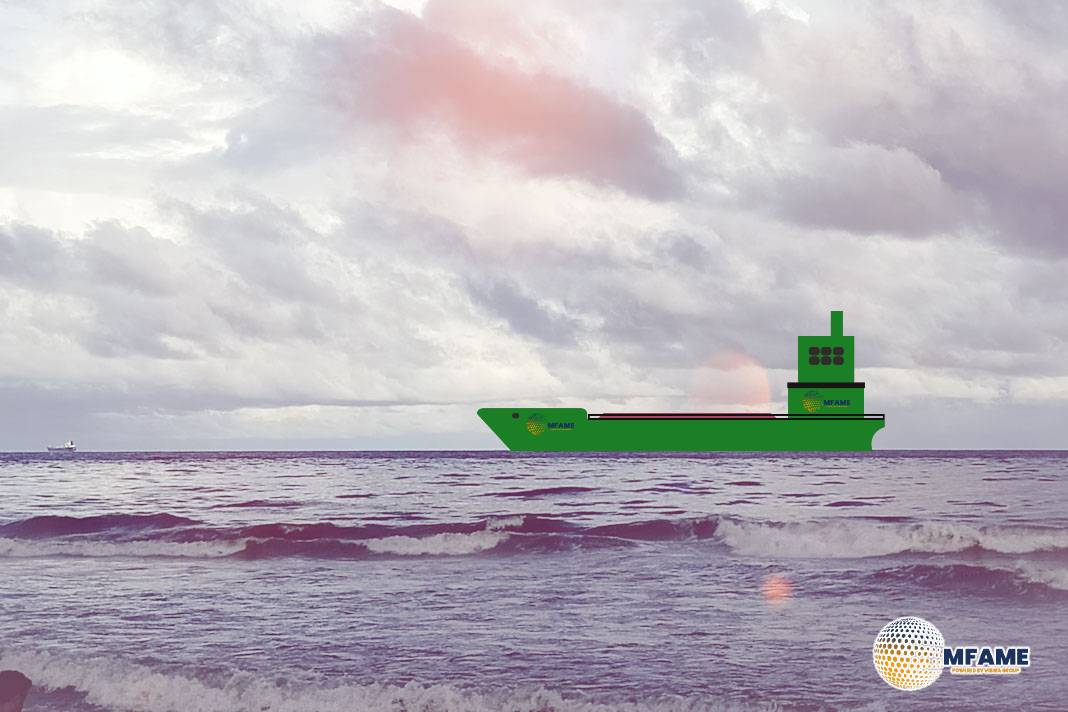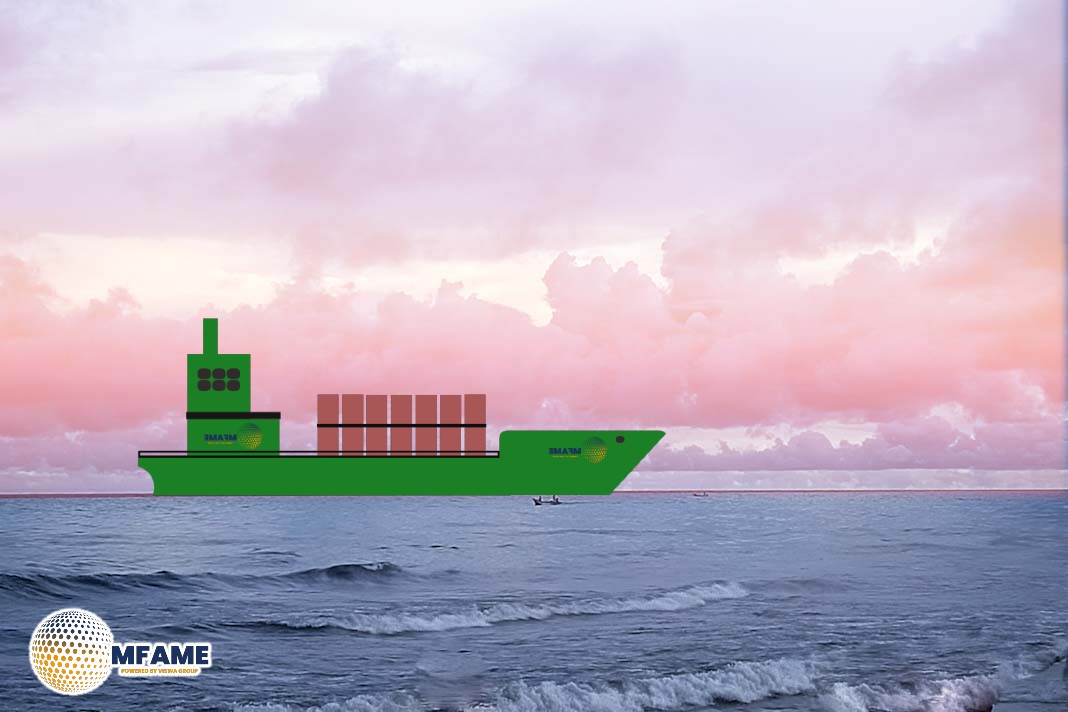- US-China and US-Mexico/Canada trade tensions are reshaping global crude flows.
- New US sanctions on Iran could boost VLCC demand, while tensions in Gaza stir uncertainty.
- Red Sea transit resumption may hit LR2 demand, while clean and dirty tanker markets face mixed conditions.
The tanker and oil markets faced yet another turbulent week as geopolitical and trade tensions took center stage, reports Gibsons.
Tariff Troubles Shake Crude Trade
The US-China trade war is causing ripples across the crude tanker market, though its direct impact remains limited.
China’s imports from the US were already low at 200 kbd, and it may now pivot to West African barrels. However, the bigger concern is an extended trade war with economic repercussions for both sides.
Meanwhile, Canada and Mexico—key crude suppliers to the US—are watching closely as tariff uncertainties may push them to explore Asian and European markets instead.
Iran Sanctions: A Boon for VLCCs?
Trump’s fresh directive on Iran could slash Iranian crude exports, potentially boosting mainstream VLCC demand—especially if China complies.
Should Iran’s shipments drop to 2020 levels (400 kbd from 1.6 mbd in 2024), the sanctioned fleet could face unemployment.
This would further realign global oil flows, forcing China to seek alternative sources, likely benefiting the non-sanctioned VLCC fleet.
Gaza Tensions & Middle East Crude Flows
Trump’s statement on Gaza—suggesting a US takeover and displacement of Palestinians—sparked immediate backlash in the Middle East.
While the geopolitical implications remain uncertain, the crude tanker market remains largely unaffected for now.
Some companies are cautiously resuming Red Sea transits, but the shift in regional shipping dynamics could impact crude flows in the long term.
Red Sea Transit & Tanker Market Rebalancing
The resumption of Red Sea transit could weigh heavily on LR2 demand, as 62% of barrels from the Middle East Gulf to Europe were transported via this class in 2024.
A drop in LR2 shipments could lead to a 12% annualized decline in demand, despite a potential boost in Middle Eastern clean trade to Asia.
However, Suezmaxes might see a slight benefit if crude trade to Europe increases via the Suez Canal.
VLCC Rates See Pressure in Key Regions
VLCC rates softened in the Middle East Gulf (AG), with AG-China at WS67.5 and AG-USG at WS36. Similarly, West Africa (WAF) VLCC demand remained sluggish, pushing freight levels lower.
In the US Gulf, VLCC exports faced downward pressure after a flurry of failed fixtures, causing rates to drop from the highs seen earlier in the week.
Suezmax and Aframax Markets Hold Steady
West Africa’s Suezmax market remains firm, with TD20 estimates around WS95. In the Mediterranean, Suezmax owners are pushing for higher rates, especially for Libya-South Korea routes. Meanwhile, Aframax rates in the Med have shown some resilience, spurred by restricted cargoes and replacement activity.
US Gulf and North Sea Tanker Trends
The US Gulf Aframax market saw little movement, with deals mostly done on previous rates.
Meanwhile, North Sea Aframax markets found a temporary floor, with resilience from owners preventing further drops. However, without fresh demand, volatility remains a possibility.
Clean Tankers Face Mixed Fortunes
LR1s and LR2s in the East saw negative rate corrections due to tonnage buildup. Meanwhile, MR tankers in the UKC surged early in the week amid US tariff concerns, only to see rates drop when the US postponed the tariffs.
In the Mediterranean, Handysize rates firmed up due to increased demand, but MR tankers may face pressure next week as the bullish trend fades.
Dirty Tankers Experience Diverging Trends
Handies in the North saw limited activity, leaving rates unchanged at WS165. In contrast, the Mediterranean market strengthened as tighter supply pushed rates to WS150.
MR tankers in the Med followed a similar trend, rising to WS120 amid increased demand. The Panamax sector remains steady, though the US Gulf market may see a bounce if activity picks up.
Did you subscribe to our daily Newsletter?
It’s Free Click here to Subscribe!
Source: Gibsons
























